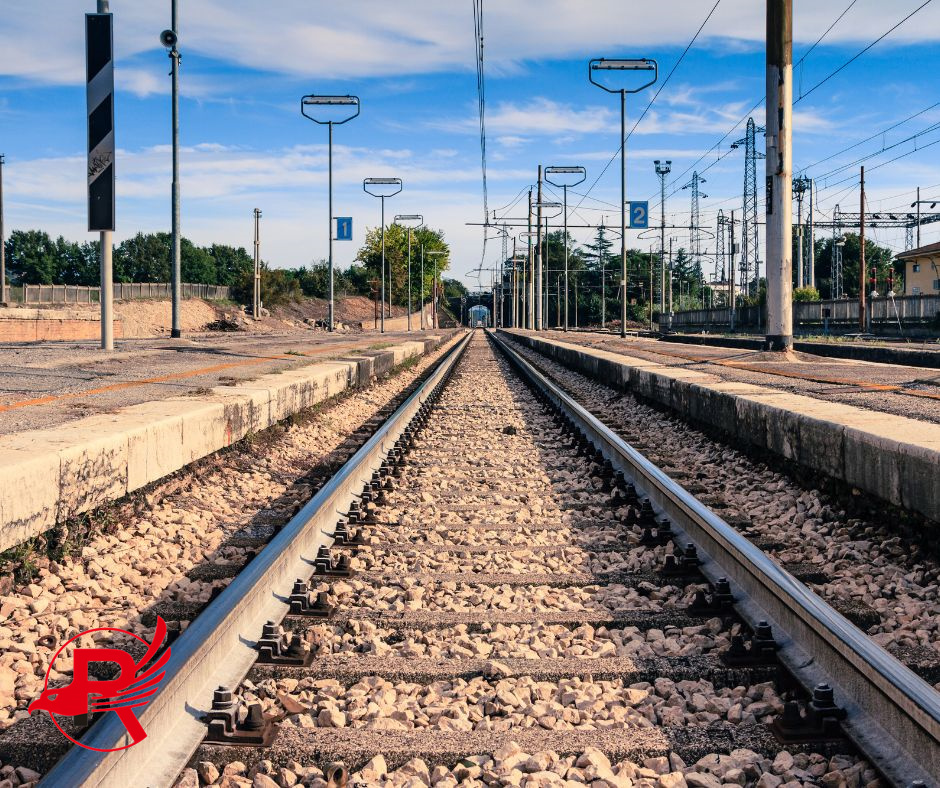The evolution of railway tracks and the use of steel rails have played a key role in shaping modern transportation systems. From the early days of steam locomotives to today's high-speed trains, the development of rail infrastructure has been a cornerstone of economic growth and social progress.
Over the years, railway applications have undergone significant engineering innovations. For example, gauge standardization is essential to ensure compatibility between different railway systems. The introduction of welded rails eliminates the need for joints, reduces wear and improves ride stability. Modern railway systems use advanced materials such as steel alloys and composites to increase strength and longevity.
In short, the development of railway tracks and their application have played an important role in shaping the modern world. From historical roots to contemporary innovations, railways remain an essential part of global infrastructure. As we move forward, the adoption of new technologies and sustainable practices will ensure that rail transport remains a key player in the future of mobility, contributing to economic growth and environmental stewardship.

In addition, the development of railway tracks has also witnessed the convergence of technologies. Smart rail systems equipped with sensors can monitor track conditions in real time, enabling proactive maintenance and reducing the risk of accidents. This technological advance not only improves safety, but also improves the efficiency of railway operations.
The development of railway tracks and the use of steel rails had a profound economic impact. Railways play an important role in the movement of goods and people, greatly reducing transportation costs and times. This efficiency allowed industry to flourish and facilitated the globalization of trade. Countries with strong rail networks tend to experience accelerated economic growth because they can move raw materials and finished products more efficiently.
As the world grapples with climate change, the development of rail tracks and the use of rail offers more sustainable transportation options. Trains are generally more energy efficient than road vehicles and produce lower emissions per passenger or per ton of goods transported. The transition to electrification of the rail system further enhances its environmental benefits, reducing reliance on fossil fuels and promoting clean energy.
Post time: Sep-25-2024


